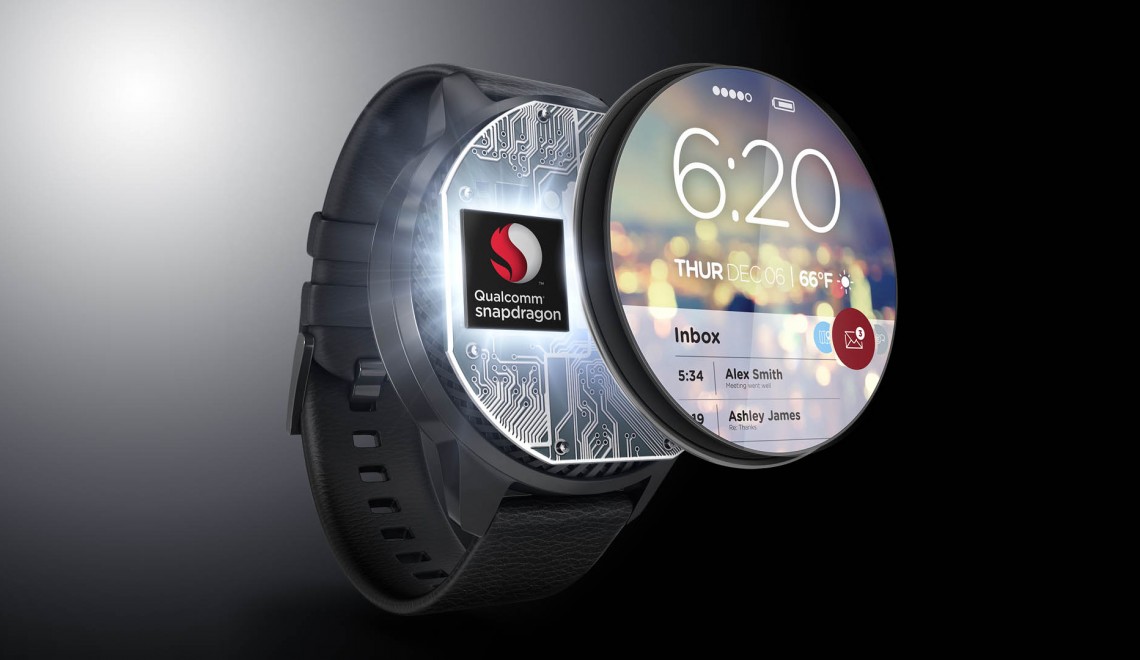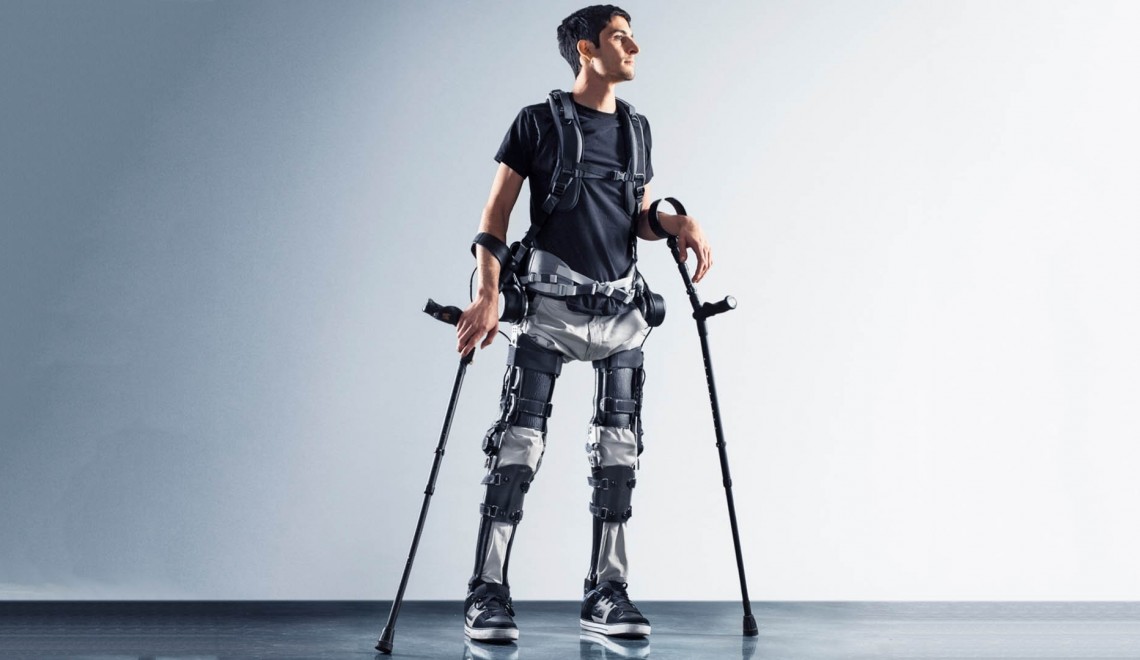Solar Powered Jacket Promises To Keep You 20º Warmer
With most of the east coast suffering through record low temperatures, we were excited to find a jacket promising to keep us warmer longer! When the temperature is well below zero, only giant, bulky coats have a chance of keeping you warm. Unfortunately a large coat is less than ideal as you run around NYC or hit the slopes. Currently on Indiegogo, a new jacket from ThermalTech uses solar powered fabrics to keep you toasty, while shedding the bulk. Unlike Columbia’s (impressive but recalled) electric heating jacket, ThermalTech’s process of harnessing the sun’s energy is completely passive. A UV sensitive layer of the jacket captures and retains the light energy from the sun. This energy (unsurprisingly) is transferred to the fabric as heat. The name-sake ThermalTech layer then slowly releases the heat towards the inside of the jacket, raising the temperature by as much as 20º F versus a jacket without the special fabric. Even when the sun isn’t out, the lining of the outerwear works to keep you warm by absorbing and reflecting your body heat. According to ThermalTech, the jacket is also completely breathable to help keep you from over heating, a necessity if you are planning to hit the slopes with the coat! If all of this sounds perfect for the cold weather ahead, sadly the jacket is not shipping until you need it least – August. There are three different versions of the coat available, ranging from $139 to $169 and the crowdfunding campaign has already passed its goal.
Continue reading






